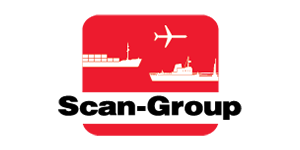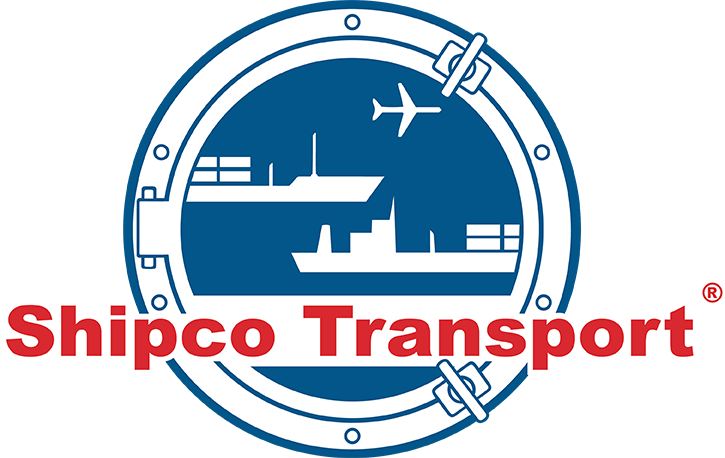Cloud applications are software that combine the processing capabilities of a device with data storage on remote servers. Cloud apps are accessible via the Internet on devices like laptops, desktops and mobile phones.
The primary benefits of cloud-based applications are improved agility, performance and cost savings. Cloud apps also help reduce risk by enhancing the amount of backup redundancy, data redundancy and disaster recovery capabilities in case the server or equipment failure. Additionally, cloud-based apps are generally less troublesome to maintain than traditional on-premises applications because of their size and capacity.
Cloud-based applications such as Slack or Salesforce for instance, allow teams to collaborate on a project anywhere, at any time. These platforms have changed the ways businesses work by providing an entire suite of tools ranging from customer relationship management (CRM) to marketing automation.
Another benefit of cloud applications is that they can be updated and deployed on demand and allow companies to adjust quickly to the changing needs of business. Furthermore, they can be flexible to adapt to increasing or decreasing storage and usage, as well as the use of additional devices to access them. Finally, a well-planned cloud migration procedure ensures a smooth transition and helps to avoid potential issues like downtime Going Here or data errors. Multi-cloud architectures are also available for businesses to choose from, allowing them to leverage multiple environments based on their needs in terms of cost, control and safety.



